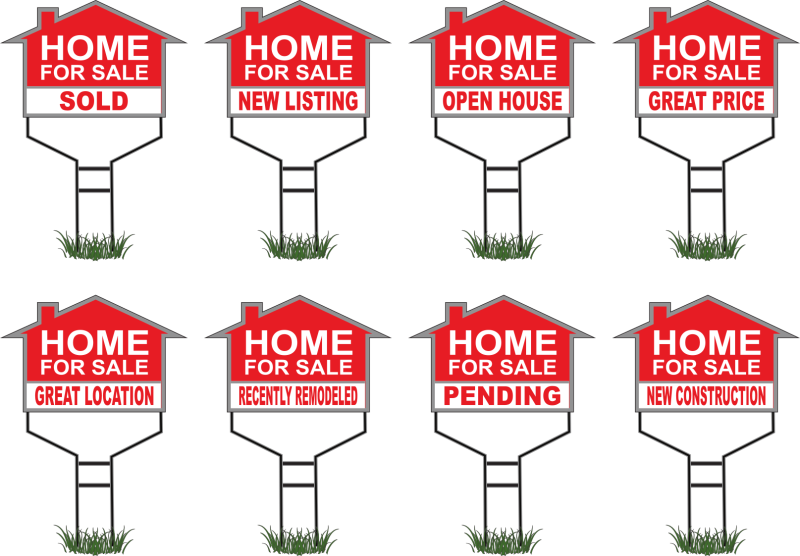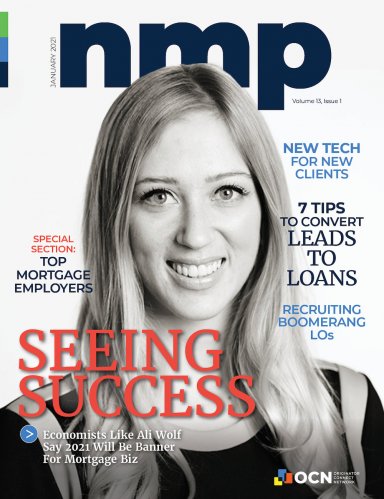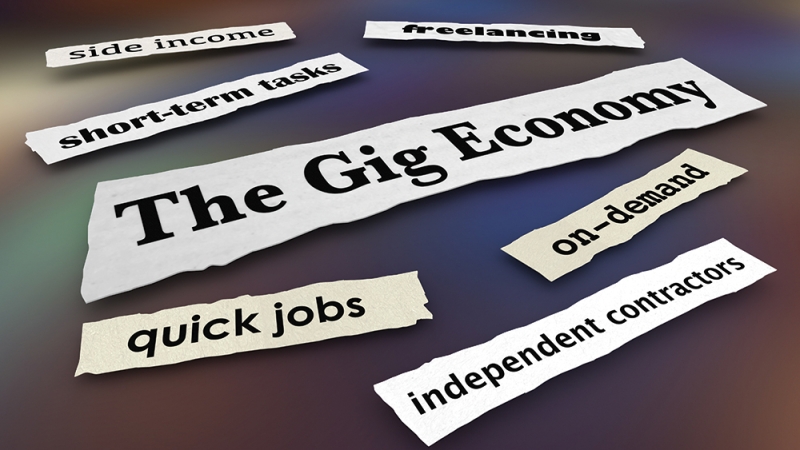Despite ever rising prices, there has been an increase in multiple offers for the same house, especially for starter houses sought by first-time buyers. The result: one winner and perhaps several losers – in one case, nearly 40 bidders lost out -- some of whom have gone on to other choices but others who have simply dropped out of the market.
The speed at which houses are flying off the shelves is, indeed, remarkable. NAR says nearly three out of four sales were on the market for less than a month. An the RE/MAX chain says its listings lasted on the market an average of just 38 days in October.
All of this has led to an extreme shortage of houses for sale. As of October, a record low 2.5-month inventory of properties were on the market. That’s down from 3.9 percent a year earlier, and less than half the six-months supply of homes for sale that’s considered normal. “Even as mortgage rates continue to fall and improve house-buying power, you can’t buy what’s not for sale,” notes Mark Fleming, chief economist at title company First American.
Despite the probability that owners could command a healthy price for their properties, they aren’t selling – for any number of reasons. They may be out of work at the moment, or perhaps they are satisfied with what they have and don’t want to move. Most likely, though, they fear being unable to land a replacement house at a price they can afford.
That’s why Yun is hopeful that home builders will take some of the slack.
New Homes
As has been the case for the last several years, new construction is facing a number of headwinds, including the lack of building sites, rising material costs and a shortage of labor. Nevertheless, confidence among the nation’s home builders has never been higher. Indeed, as measured by the National Association of Home Builders, builder confidence hit successive all-time highs in September, October and November.
Sales are so strong right now that builders’ construction crews are having a tough time keeping up. NAHB Chief Economist Robert Dietz reports “a notable gap” between sales and construction, with “a growing number of contracts attributable to homes not yet started.” In September, for example, sales for houses on which builders have yet to put a shovel in the ground were up 47 percent.
“Housing starts need to increase just to cover the number of places already sold,” says Ali Wolf, chief economist at consulting firm Zonda. Zonda, formerly known as Meyers Research, has new home sales performing at their highest level since 2006, with pending sales growing nearly 46 percent year-over-year. “Persistently strong contract sales are pulling down inventory,” with the count off 15 percent from a year ago.
As has been the case in the resale sector, low loan costs, favorable demographics and a shift to suburbia and beyond have spurred demand for new homes that can meet the need for more space, perhaps for extended families or for home offices, exercise rooms and the like.
Sales of newly built, single-family homes in October dipped 0.3 percent to 999,000 on an annualized basis from September. But despite the drop off, the October pace was 41.5 percent higher than the same month a year ago. Of the 278,000 new single-family homes still for sale, just 44,000 are completely and ready for occupancy for buyers who must move right away.
That’s why Dietz is looking for 947,000 housing starts this year and 971,000 next year. At the same time, he expects sales to hit 844,000 in 2020 and 862,000 in 2021. But the NAHB economist is concerned that construction costs in the form of higher material and labor expenses will drive new home prices higher and out of the reach of first-time purchasers. Framing lumber alone was up 50 percent year-over-year in November. “Affordability remains an on-going concern,” he says.
Another potential problem for builders is the Biden proposal to abolish the Sec. 1031 exchange provision of the tax code, a benefit used by builders to trade raw land with developers in exchange for finished lots. Under the law, taxpayers can defer capital gains liability on the non-simultaneous exchange of certain property. So if Biden has his way here, buildable lots will be even more expensive, not to mention harder to come by. The lot supply is already down 8 percent year-over-year, reports Zonda’s Tim Sullivan, but prices are up 5.6 percent.
Still, the “Great American Land Rush,” as the John Burns Real Estate Consulting firm calls it, is on as builders and developers search for spots on which to build. In September, Burns said the residential land market had fully recovered during the second quarter 2020 from spring’s pandemicinduced uncertainty. Paused land transactions were back in full force by the start of the summer, and 60 percent of top land brokers rated their markets as Hot or On Fire. Fastforward three months and almost all of those land jockeys rate their markets as such.
The Burns team is advising its clients to “buy land or shrink.” And towards that end, at least one land developer has started an effort to keep small builders in business. Atlanta’s Parkland Communities’ Small Builder Program focuses on those who erect fewer than 100 houses a year. The company is actively searching for five to 20-acre parcels that can yield up to 50 lots and will subordinate the developed sites to the builder’s construction loan so no equity will be required.
Financing
There can’t be sales unless there is financing. And on that score, lenders have been extremely busy. So much so that soon after the Mortgage Bankers Association offered its annual forecast in October, it revised its projections upward – both for 2020 and 2021.
“Given the strong pace of home sales,” the MBA now says that when the final count comes in, total loan originations will hit $3.39 trillion in 2020. That’s twice the volume nailed in 2019 and the highest amount in almost two decades. Of course, a big part of that has come as a result of refinancing as current owners take advantage of record low interest rates. But the number of purchase money loans will likely be the most since 2005.












